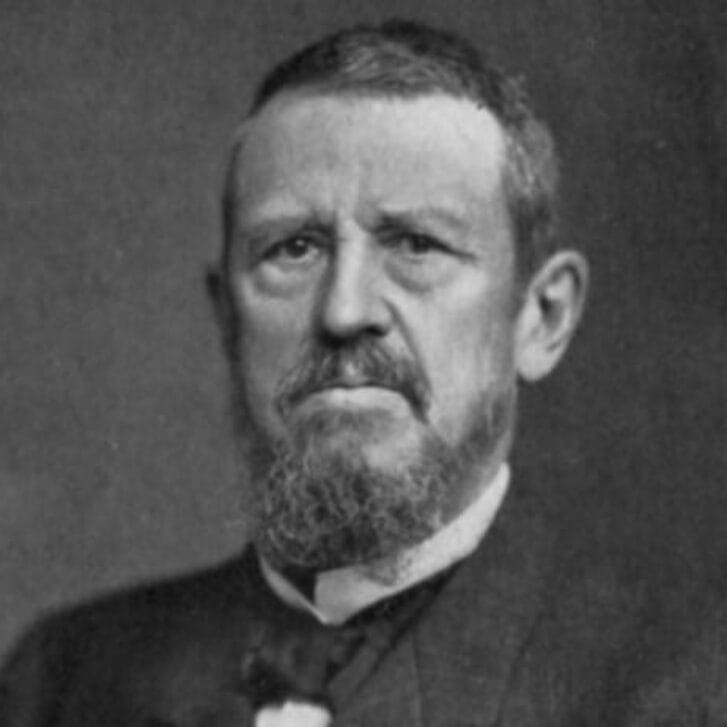Contributor Paul J. Shrater, W’95, co-founder of Minimus, continues analyzing a discussion he enjoyed with Peter Fader, Wharton’s Frances and Pei-Yuan Chia Professor and co-director of the Wharton Customer Analytics Initiative, about customer centricity, customer segmentation and marketing for the 21st century. If you haven’t yet read Part 1, please do so here at “Entrepreneur to Professor.”
Approaching marketing via this customer-centric approach moves businesses away from looking at profitability from the product side and instead moves the focus to optimizing the customer segments with the most value. How to service those customers isn’t always a simple answer either. Interestingly, Fader points out that customers who purchase more obscure, lesser selling items are actually more likely to spend more than customers coming for more common goods. I remember a great story from my uncle’s sporting goods store about a customer who came in due to the wide selection of lures, spending hours to identify the perfect $0.50 lure, and once found, spent hundreds on a plethora of everyday fishing gear within seconds.
What about the focus on customer retention versus new customer acquisition? Fader points out that most businesses see customer relationship management (CRM) as a priority over new customer acquisition. This makes sense on the surface, as once you have a customer, odds are that they are likely to buy again once they know you. Compare this to the costs of going out and getting new customers. However, Fader points out that, in the classical model of 20 percent of the customers accounting for 80 percent of a company’s revenue, a company should find out what makes that 20 percent different from the 80 percent. Then, go and find more like them. In the end, there is more value to be had in getting more of those key customers than practicing CRM on all 100 percent of the customers.

Prof. Peter Fader
But, how do you determine that 20 percent segment? How do you know if a segment really has the ability for repetitive growth? Ironically, the shotgun approach of “scratching the surface of each segment, finding out how valuable each segment is, shifting spending towards the more valuable segments, updating estimates, and then repeating the process on a continual basis” is a method Fader recommends on those most valuable customers. Every segment may not behave the same, and it is important to go to segments that are replicable and predictable, otherwise you may end up chasing after a segment that cannot be chased.
The concept of the importance of the future value of a customer also relates to how a company works with and evaluates its sales force. Fader relates that “most sales people push product the old way, have quotas from management, get marching orders from the marketing people, etc.” But, he sees the modern salesperson as someone who should be measured on how much they “build forward looking lifetime value” with a customer. This may include forging better relationships—and even giving product away—in order to build long-term value. Thus, the company and its sales force might sacrifice short-term sales targets in exchange for a longer term relationship.
Who else is using these tactics? Fader points out that a lot of companies try, but fall short. They may gather the data, but then they don’t take steps to do anything with it, or they don’t understand the science behind the data or the story that the data are telling. A company can ride the buzzwords of CRM, social media, big data and retargeting, but companies need to understand what these things are really doing for them and, as Fader notes , “most companies don’t have that level of sophistication.” He notes that the technology to gather the data is getting ahead of the science of what the data really mean, to the point where companies even do creepy, intrusive things “because they can” and not necessarily because it increases value. His advice is to “start simple, capture patterns, then look at technologies.”
He provides examples of companies that are taking action, such as the video game giant Electronic Arts. The company is moving away from the blockbuster mentality, and instead, looking at who are the valuable customers and what games should be developed for them. He notes that Starbucks isn’t as focused on bringing the next blend of coffee to market, but is now looking at its customers and increasing their value by learning from baristas. By gathering data from the people who work with the customers every day, Starbucks is able to develop profiles to create recommendations based on what other customers with similar habits have enjoyed.
By looking a little differently at products, customers, segments, data and technology, companies can develop a customer-centric strategy that can make them smarter and more profitable.
Editor’s note: In Part 1 of his blog based on an interview with Peter Fader, Paul introduces the concept of customer centricity and discusses how traditional marketing strategies may no longer cut it. Read it here: https://magazine.wharton.upenn.edu/blogs/entrepreneur-to-professor-peter-fader-part-1/.


























